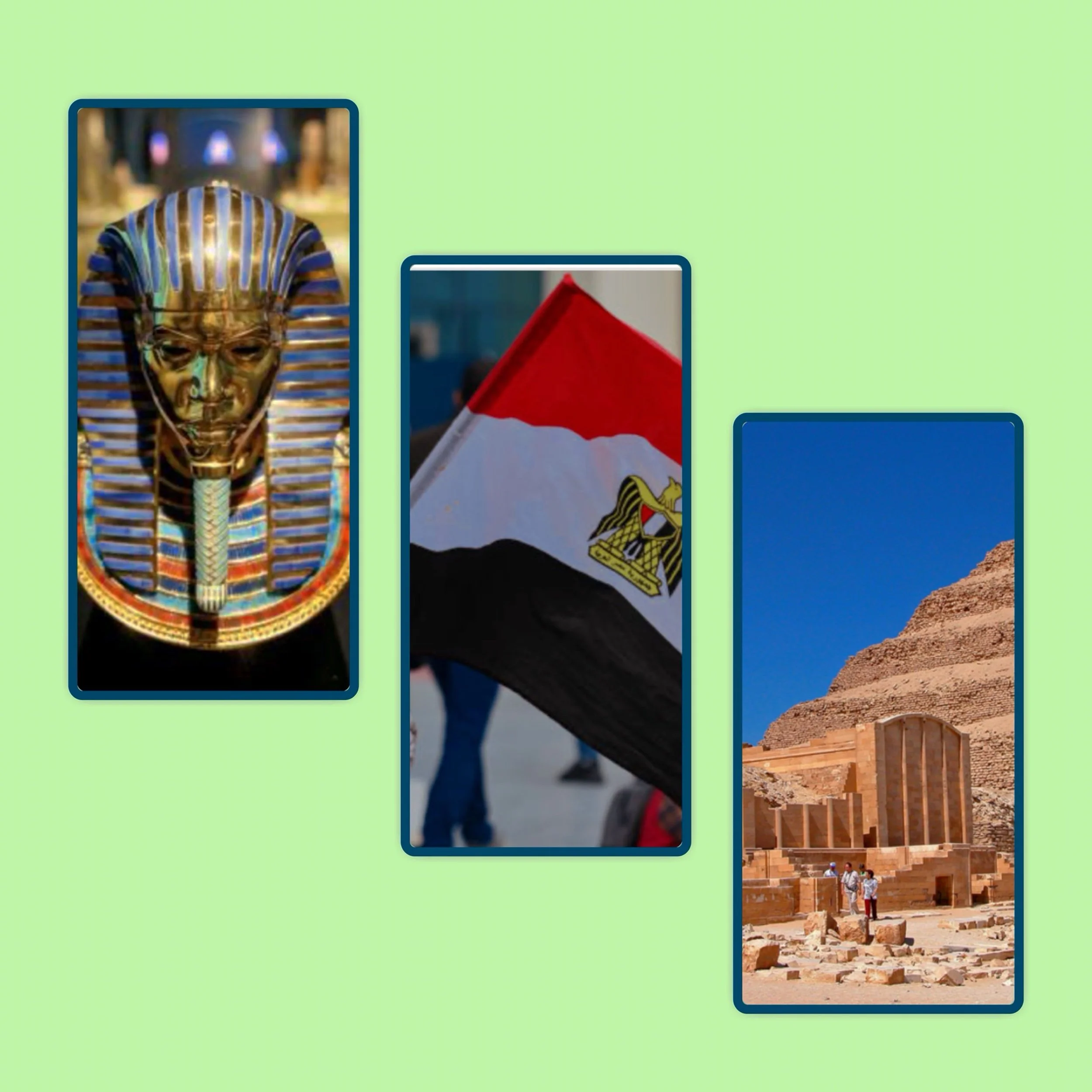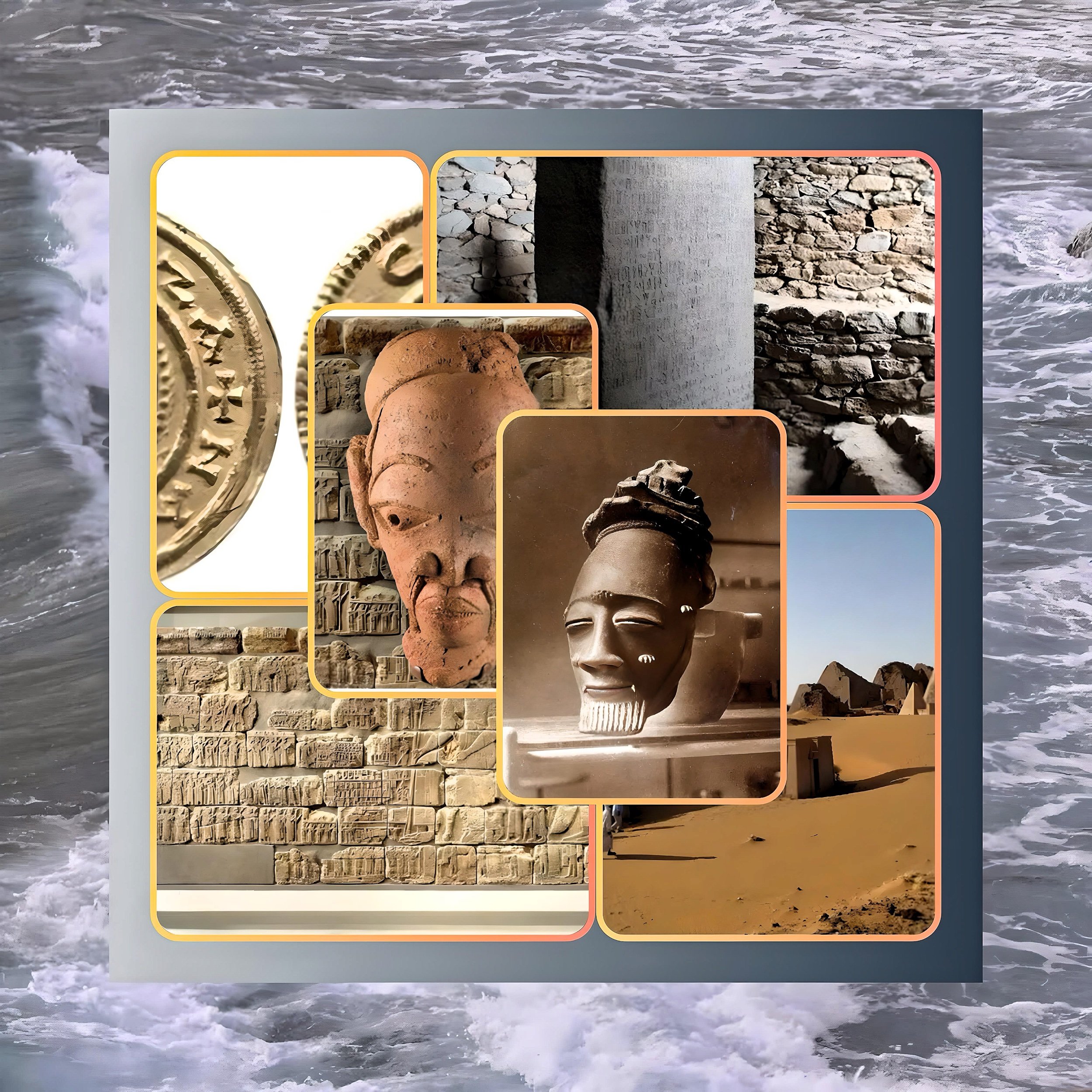What are the key differences between Kemet and Nubia
Kemet
Introduction
While Kemet (ancient Egypt) and Nubia were closely related civilizations that shared many cultural similarities, there were several key differences.
History of Nubia (Kush)
Ancient Nubia roughly corresponds to what is now Sudan, directly to the south of Egypt. Just like the Egyptians, most Nubians lived close to the banks of the Nile river, which is surrounded by great expanses of desert. Throughout much of Nubia’s history, it was colonized and subjugated by Egypt, its people often taken into slavery as prisoners of war. As a result of this and other cultural processes, Egyptian cultural practices were often adopted by Nubians.
One of the earliest documented cultures of Ancient Nubia is known to us as the A- Group.
We do not know what they called themselves, because they were a preliterate society (i.e., they had not yet developed a writing system).
They lived in Nubia for roughly 700 years, from 3800 – 3100 BCE. We can tell from the archaeological record that they were trading with Egypt at that time, but there is no evidence of them having been conquered by Egypt.
Nevertheless, A-Group Nubians were in contact with Egypt, and traded goods with them, and so it is not surprising that some Egyptian cultural motifs were adopted into Nubian culture.
Nubia battled the Romans, ruled Egypt as pharaohs and constructed vast fields of pyramids. They are the Nubians, and they are not a "lost civilization" but rather a people who are with us today, based in what is now Sudan and southern Egypt.
History of Kimet
Kemet, also known as ancient Egypt, was a remarkable civilization that flourished along the Nile River for over three millennia. The name “Kemet” literally means “Black Land” in the ancient Egyptian language, likely referring to the rich, dark soil deposited by the Nile’s annual floods.
Timeline of Kemet’s History
Pre-dynastic Period (c. 5000-3100 BCE) This era saw the development of agriculture, social stratification, and the invention of writing. Large burial sites called mastabas were constructed for the elite.
Early Dynastic Period (c. 3100-2686 BCE) The unification of Upper and Lower Egypt marked the beginning of dynastic rule.
Old Kingdom (c. 2686-2181 BCE) This period is famous for the construction of the Great Pyramids, showcasing Kemet’s architectural prowess.
Middle Kingdom (c. 2055-1650 BCE) A time of cultural and artistic flourishing, with advancements in literature, poetry, and music. The concept of ma’at, representing balance and harmony, gained prominence.
New Kingdom (c. 1550-1069 BCE) Kemet reached its zenith, expanding its territories and producing some of its greatest artistic and cultural achievements.
Late Period (c. 664-332 BCE) Kemet experienced decline and foreign rule, including Assyrian, Persian, and Greek domination.
Culture and Religion
Kemet’s culture was rich and diverse, encompassing art, literature, music, and monumental architecture. Hieroglyphics were used to record history and mythology. Notable literary works included “The Book of the Dead” and “The Tale of Sinuhe”.
Religion played a central role in Kemetic society. It was polytheistic, with a pantheon of gods and goddesses believed to control the natural world. Ra, the sun god, was particularly significant, often associated with the pharaohs who were considered living incarnations of the deity.
Legacy and Influence
Kemet’s influence extended far beyond its borders and time. Its advanced knowledge in mathematics, astronomy, and medicine laid the groundwork for many later civilizations. The Greek philosophers who studied in Kemet (from 900 to 300 BCE) brought back ideas that significantly impacted Western culture.
Kemet’s legacy continues to fascinate scholars and the public alike, with ongoing archaeological discoveries providing new insights into this ancient African civilization.
Geographical Location
Kemet: Located in the northern part of the Nile Valley, primarily in modern-day Egypt.
Nubia: Situated south of Kemet, extending from southern Egypt into northern Sudan.
Historical Development
Kemer: Developed earlier, with a unified state emerging around 3100 BCE.
Nubia: Developed slightly later, with the Kingdom of Kush rising to prominence around 2000 BCE.
Political Structure
Kemet: Centralized monarchy ruled by pharaohs.
Nubia: Consisted of various kingdoms, most notably Kush, with periods of fragmentation and unification.
Cultural Distinctions
Language: Kemetic people spoke ancient Egyptian, while Nubians had their own languages, including Meroitic.
Writing Systems: Kemet used hieroglyphs, while Nubia developed its own script (Meroitic) around 200 BCE.
Architectural Style
Kemet: Known for massive pyramids and temples.
Nubia: Built smaller, steeper pyramids and had distinct architectural features.
Religious Practices
While both civilizations shared many deities, Nubia had some unique gods and religious practices.
Economic Focus
Kemet: Primarily agricultural, with a complex bureaucracy.
Nubia: Known for gold mining and trade in luxury goods like ivory and ebony.
Military Prowess
Nubia was particularly renowned for its skilled archers, known as the “Bowmen of Kush”.
Conclusion
It’s important to note that these civilizations had a complex, intertwined history with periods of conflict, cooperation, and cultural exchange. The boundaries between them were often fluid, and at times, Nubian kings even ruled over Kemet as the 25th Dynasty
Nubia






